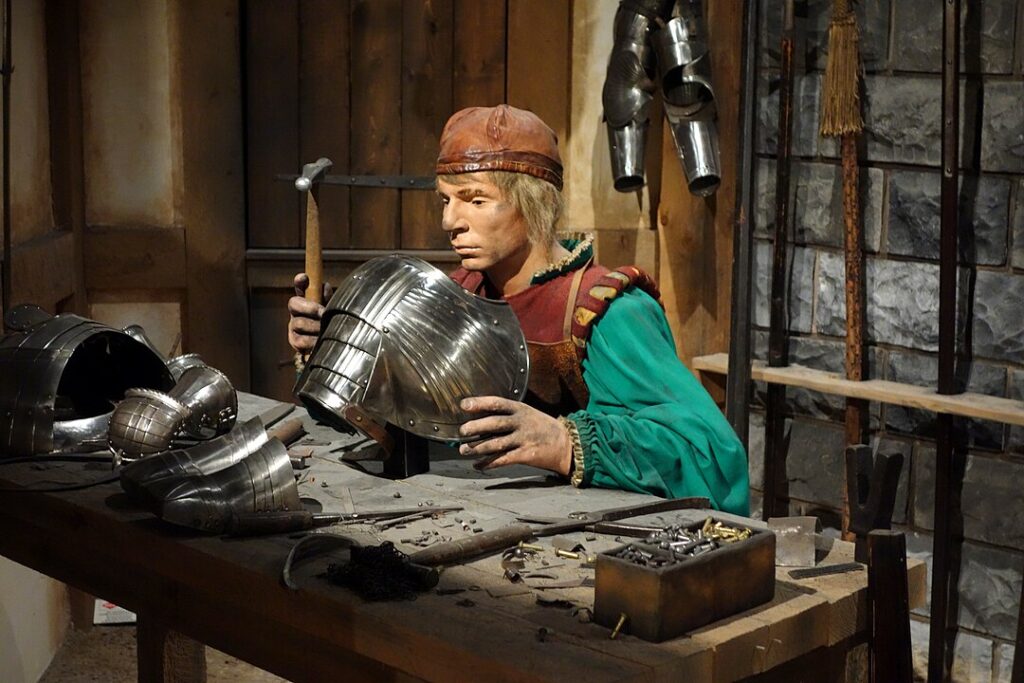 Guild Structure and Training
Guild Structure and Training
The crafting of medieval armor was a highly specialized trade regulated by guilds. These guilds, composed of skilled armorers, were responsible for the production of high-quality armor for knights and soldiers. Training within the guilds was rigorous, involving apprenticeships that taught young craftsmen the intricate skills required for forging, shaping, and assembling armor. Apprentices progressed to journeymen and, eventually, master armorers, who were recognized for their expertise and craftsmanship.
Techniques and Innovations
Guilds played a crucial role in developing and refining techniques for crafting armor. They standardized methods for working with metals, such as iron and steel, and introduced innovations that improved the protection and functionality of armor. Techniques like heat treating and tempering enhanced the durability and effectiveness of armor, while designs evolved to offer better mobility and coverage. Guilds ensured that armor met stringent quality standards, which was essential for the safety and effectiveness of their clients.
Economic and Social Impact
The production of armor was a significant economic activity in medieval towns and cities. Armorers’ guilds contributed to local economies by employing craftsmen, sourcing materials, and trading finished goods. Their work supported the military needs of their communities and reinforced the social status of knights and noble patrons. The armor produced by these guilds not only served practical purposes but also symbolized wealth, power, and prestige.
Conclusion
The guilds involved in crafting medieval armor were essential to the trade’s development and success. Their contributions to training, innovation, and quality control ensured that medieval armorers produced some of the finest protective gear of the period, reflecting the skill and artistry of their craft.